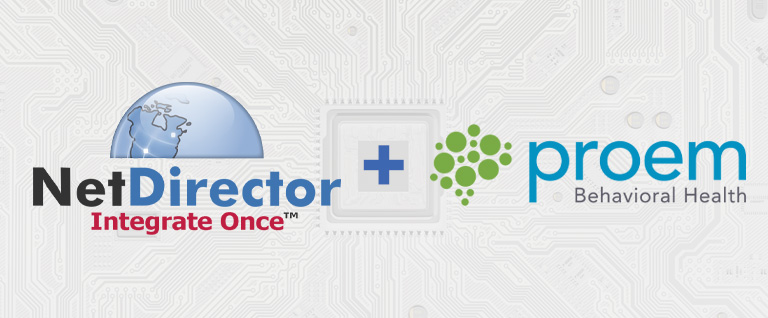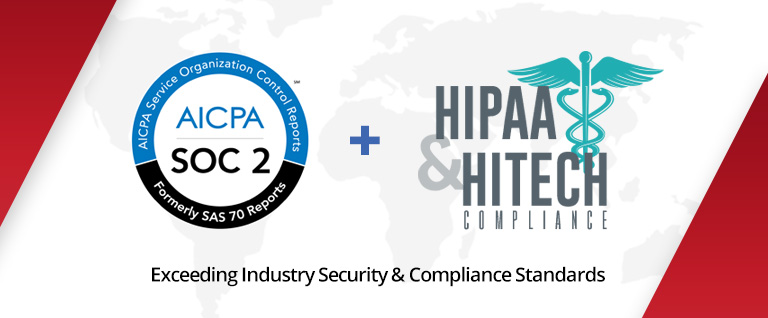 Within three years, a cloud-enabled capability known as integration platform as a service (iPaaS) will surpass traditional application integration suites as the preferred means of supporting business application, data and process integration projects, according to a March 2016 report published by IT research and advisory firm Gartner.
Within three years, a cloud-enabled capability known as integration platform as a service (iPaaS) will surpass traditional application integration suites as the preferred means of supporting business application, data and process integration projects, according to a March 2016 report published by IT research and advisory firm Gartner.
iPaaS will help application managers and directors of integration meet the challenge of integrating hybrid application portfolios and provide easy access to the data within those systems, the Gartner report states.
Gartner counts iPaaS as a fast-growing segment — up 55% in U.S. dollars in 2015 — within the worldwide application infrastructure and middleware market.
“2015 was the year that iPaaS became a serious alternative to traditional software-based integration approaches,” said Keith Guttridge, research director at Gartner. “Buyers are choosing iPaaS due to its low entry costs, reduced operational demands and improved productivity. Vendor interest in this space is also growing rapidly, with the number of offerings doubling in the past 12 months.”
iPaaS typically combines cloud-based applications and data sources, application programming interfaces (APIs) and on-premises systems. IT departments, development teams and even business users leverage iPaaS capabilities to create and manage integration interfaces. The technology’s functionality can support and bridge between a variety of connectivity protocols and data/message delivery styles, according to Gartner.
“For organizations that never established systematic integration practices on-premises, the thought of having to start now is daunting,” Gartner’s analysis states. “The large costs, long delivery times and complex infrastructure build associated with traditional on-premises approaches are just not in line with today’s lean approaches and timelines.”
Capabilities quickly maturing in iPaaS can address such concerns while adding new features via multiple intra-year product releases. “Most vendors have moved beyond the initial use case of data and process synchronization between packaged applications and data sources, and are now focusing on unlocking extra value through API creation and publication, mobile application integration, the Internet of Things and big data analytics,” the report says.
Gartner’s analysis adds that only a handful of iPaaS offerings currently serve the requirements of a specific vertical market; however, some providers “are in the process of delivering value propositions for a few selected industry sectors such as healthcare.”
The report recommends that end users who have not yet begun to pilot iPaaS projects begin to do so.
iPaaS in action
NetDirector’s cloud-based solutions reside behind the scenes from a customer perspective, leveraging iPaaS technology to move data and documents between various trading partners. The automated process generates return on investment by reducing full-time employees or extra staff formerly needed to manually key in data or handle documents.
In industries such as mortgage banking and legal services, the NetDirector Data Exchange provides a standardized format and hub for transactions between multiple parties. Even small organizations lacking in-house IT resources can easily interact with the hub and manage their data flow.
In the medical arena, NetDirector’s HealthData Exchange platform facilitates movement of patients’ clinical records between a variety of providers (e.g., hospitals, physician groups, labs, pharmacies, imaging centers, government agencies and insurance providers) to help ensure safe and efficient delivery of care.
For more information, contact NetDirector or request a free demo.




